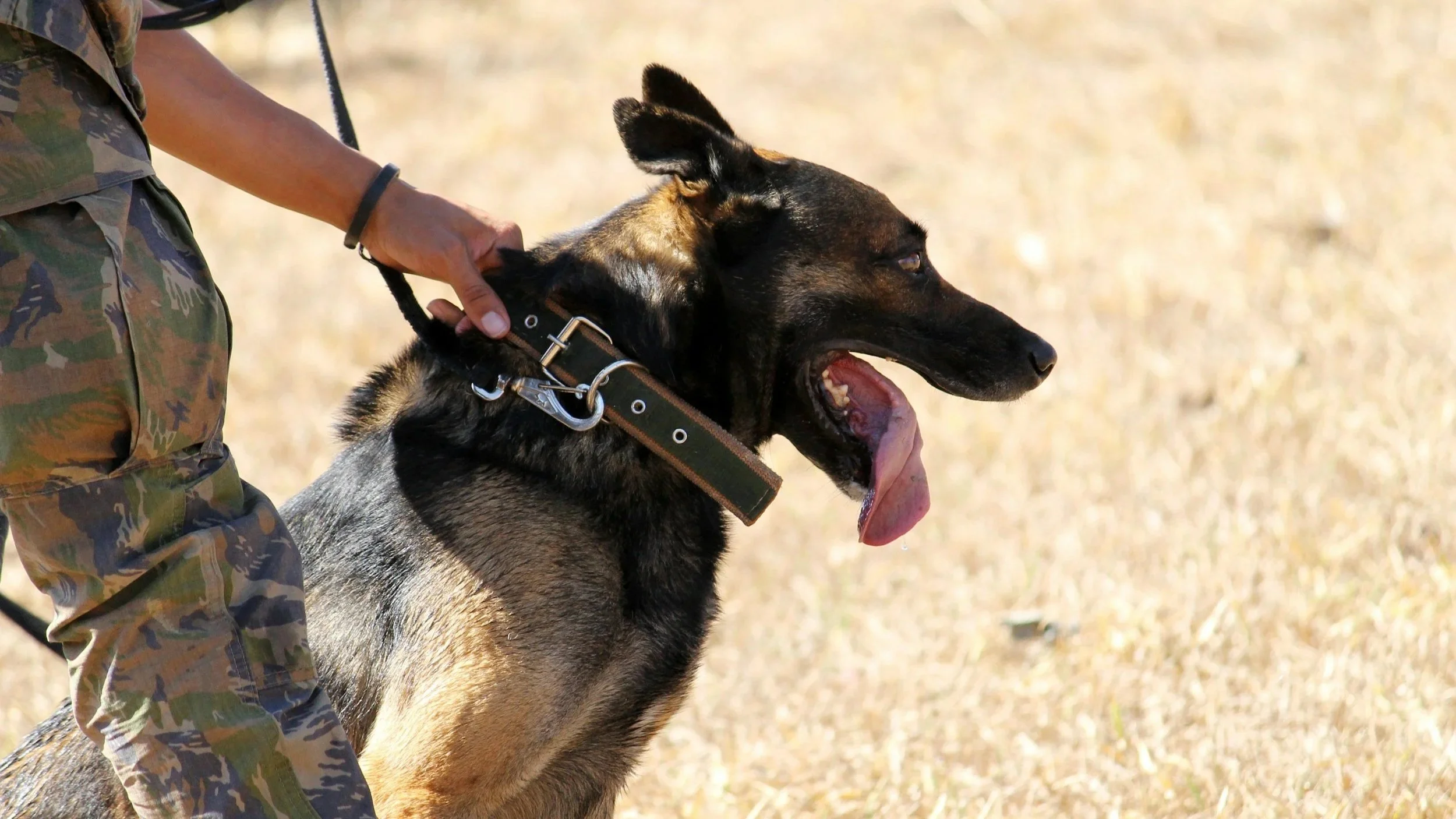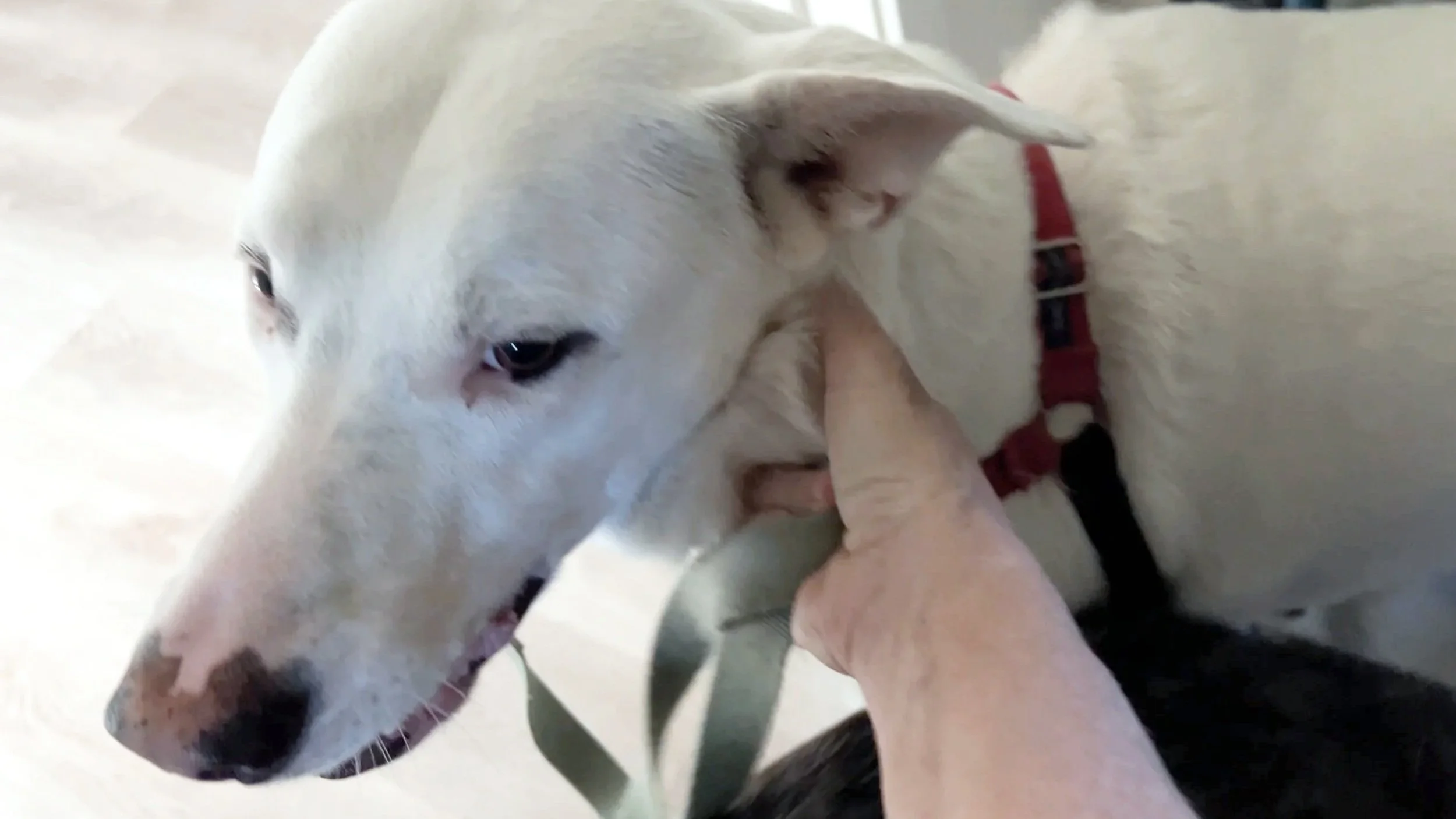Positive is NOT Permissive: How to Correct a Dog Using a Positive Approach to Dog Training
Many people mistakenly believe that positive dog training means never saying "no" or never intervening when their dog makes poor choices. This couldn't be further from the truth. Positive training is about being proactive, clear, and fair—not permissive.
So, even when using a reward-based dog training, you do step in when needed—but you do it without fear, pain, or intimidation. Instead of punishing mistakes after the fact, you focus on preventing them, interrupting them calmly when they happen, and showing your dog what to do instead.
Understanding Positive Corrections
Positive corrections are a key part of humane dog discipline techniques. They’re not about yelling, scolding, or forcing your dog into compliance. They’re about interrupting undesired behavior and guiding your dog toward the correct choice, all while keeping the interaction calm and constructive.
Example: If your dog starts to chew on a shoe, you don’t shout—you calmly remove the shoe, hand them a chew toy, and praise them for chewing the right item. If your dog jumps on a visitor, you don’t push them away—you block their jump, cue a “Sit,” and reward the calm greeting.
The goal is clear: Good choices get rewards. Poor choices simply don’t work.
The Collar Grab: A Gentle Dog Correction
THE COLLAR GRAB: Grabbing the collar briefly can either prevent a dog from continuing to make a bad choice or let your dog know you won’t allow them to ignore you when you ask them to do something.
One effective, gentle dog correction technique is the collar grab—a calm, matter-of-fact way to prevent your dog from continuing an unsafe or unwanted behavior. It’s not about jerking or yanking—it’s simply using your hand to stop forward movement or redirect attention.
Example scenarios:
About to chase a squirrel – You grab the collar, stop the chase, then cue a “Heel” and reward when your dog sits by your side.
Fixated on another dog during a walk – Gently turn them away using the collar grab, creating space so they can calm down.
Ignoring a “Sit” cue – A calm collar grab communicates “I’m not going to let you ignore me,” then you cue again and reward when they sit.
When done correctly, this is simply an intervention—not a punishment.
Putting a Dog Back on a Leash: A Positive Timeout
If your dog is making repeated poor choices off-leash, calmly putting them back on a leash removes their ability to continue the unwanted behavior. In positive dog training methods, this is just management—not punishment.
Examples:
Ignoring recall at the park – You leash them and calmly walk a short distance, then give another chance later.
Jumping on strangers – Clip the leash back on and remove them from the greeting until they’re calm.
Harassing another dog – Leash them, give space, and redirect their focus.
Being leashed simply means: “We need more control right now.”
Restarting the Game to Encourage Good Choices
One of the most powerful reward-based training techniques is denying a dog a reward and restarting the activity when your dog makes a poor choice. This teaches that good behavior makes the fun continue, and poor behavior makes it stop.
Examples:
Teaching a sit-stay – If they break position, you deny the reward and start the game over.
Loose-leash walking – If your dog starts pulling ahead, you stop, walk them back to the starting point, and begin again. This teaches that moving forward only happens when they walk politely at your side.
Dogs learn quickly that the fastest way to keep the fun going is to follow the rules.
Walking a Dog Away to Signal No Reward
Sometimes the best way to stop unwanted dog behavior without punishment is to remove your dog from the situation entirely. This “negative punishment” removes access to something they want because of unwanted behavior.
Examples:
Lunging toward a person to greet – Turn and walk the other way until they settle.
Barking or lunging at another dog – Lead them to a quieter space before trying again.
This reinforces that calm, polite behavior earns access to rewards.
Prevention Through Leashing in High-Temptation Situations
Using positive dog training methods, prevention is just as important as correction. Every time a dog practices an unwanted behavior, it becomes more ingrained—so stop the rehearsal before it happens.
Use a leash when:
They might jump on guests
You’re near wildlife or squirrels
You’re at a picnic or food-filled event
You’re still working on recall reliability
This isn’t restricting freedom—it’s building reliability before granting full freedom.
Key Principles of Positive Corrections
Prevent Rather Than Punish
Use management tools like leashes, gates, crates, and tethers
Supervise closely during training
Remove temptations when possible
Stay Neutral and Calm
Corrections should be matter-of-fact, not emotional
Avoid frustration—training is about guidance, not venting
Redirect and Reward
Always show the desired behavior after stopping the one you don’t
Reinforce heavily when they get it right
Consistency is Key
Mixed signals slow progress
Apply the same rules every time
Conclusion: Humane Dog Discipline Builds Trust and Reliability
Positive dog training isn’t about ignoring bad behavior—it’s about stepping in early, staying calm, and giving your dog clear, constructive guidance. By preventing mistakes, gently interrupting missteps, and rewarding good choices, you set your dog up for long-term success while strengthening trust and respect.
Positive corrections teach your dog that your cues aren’t optional—they’re consistent expectations that lead to good things. Over time, this builds reliability, improves communication, and fosters a willing partnership rather than compliance through fear.
Key Takeaways for Gentle Dog Correction:
It’s about information, not intimidation – You’re guiding, not punishing.
Timing is everything – Intervene before or during the unwanted behavior.
Follow with the right behavior and a reward – Reinforce what you do want.
Stay consistent – Mixed messages slow progress.
Protect the relationship – Corrections are part of a bigger picture of trust and cooperation.
By embracing the principle that positive is NOT permissive—and using clear, humane tools like the collar grab, leashing for management, or restarting an exercise—you’ll help your dog understand boundaries, make better choices, and grow into a confident, reliable companion.





Is your puppy’s biting out of control?
Puppy biting can be frustrating and overwhelming, but you don’t have to manage it alone. Our expert dog trainers specialize in positive, game-based puppy biting solutions designed to teach bite inhibition and promote calm behavior.
Start your journey to a well-mannered, happier puppy with proven techniques that work.
👉 Book your game-based puppy training intro session today!